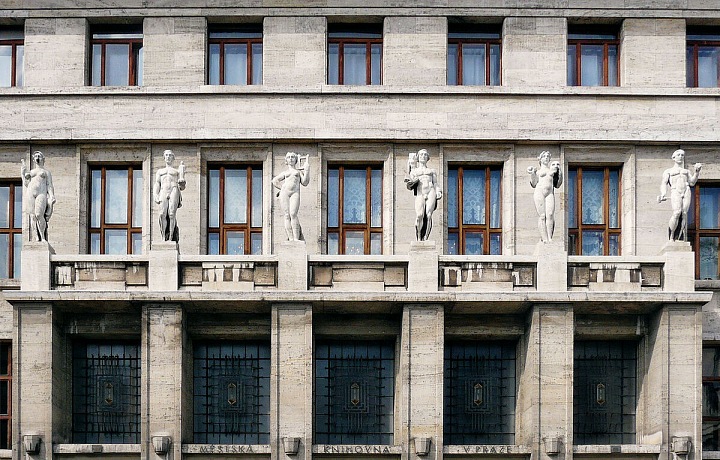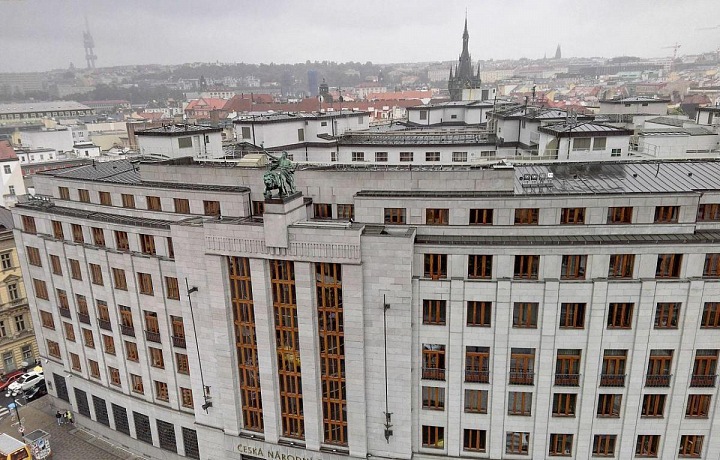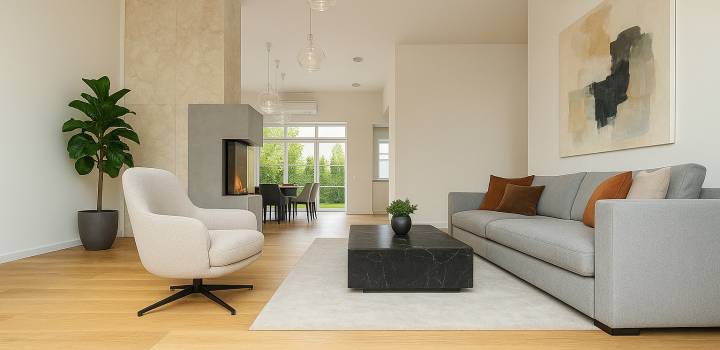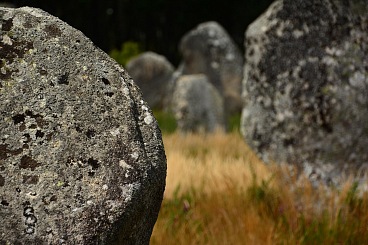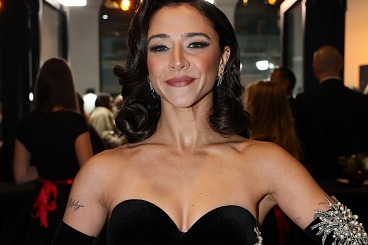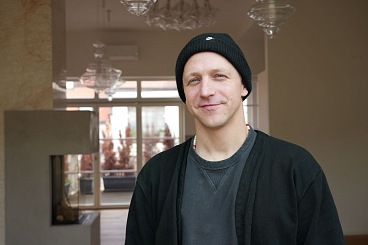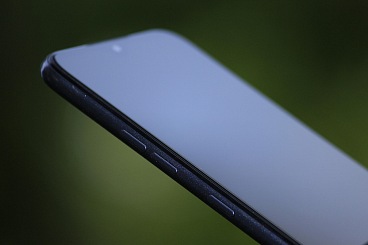Architects Series: František Roith – Luminary of Prague Architecture
Representative of official Prague architecture
Every capital city strives to make its face appealing and attractive to the world. The same goes for the mother of cities, Prague. The architectural aspect of the city was co-authored by architect Roith with high grandiose buildings after World War I. His signature is clearly legible at first glance. A common feature of all his buildings is monumentality, simple division of the façade using tiles and pilasters. The buildings have a lavishly luxurious interior with contributions from famous designers.
City library
It invites the visitor to enter not only with its content, countless shelves full of books, but astounds with its unique Art Deco exterior. The exceptionality of the building lies in its integrity, where every detail from the striking arch to minimal decorative elements on the façade combines into a beautiful and luxurious structure of the 1920’s.
Building interior and its distinctive luxury
The beauty of the City Library is apparent not only from the outside. Its immense value is also evident in the luxurious interior, carefully designed by Josef Kysela who participated in the ceiling mural, the selection of carpets, tapestries and upholstery. The decorative paintings bear the signature of talented painter Josef Sejpek.
Roith’s other Prague buildings
You surely walk past them on the way to work or during an afternoon stroll. They are very striking and can’t be missed by an observer’s eye, for they are extensive architectural structures for public use. They marry the refined nature of the building with its purpose, for instance the buildings of Živnostenská banka (now the Czech National Bank), the Ministry of Agriculture and Ministry of Finance.
His artistic peak has left a legacy of architectural talent and undiminished joy in labour for generations to come. The greatness of his name is apparent even after his death, which one of Prague’s street being named in his honour - Roithova Street in Prague - Šeberov.


